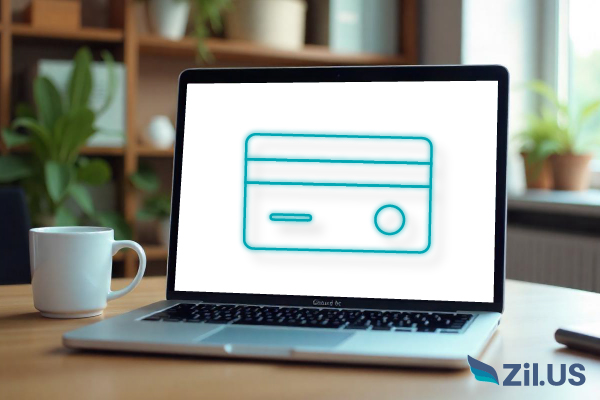Income, spending, and other pertinent financial data are reported on a tax return to calculate the amount of tax you must pay. The tax return document is filed with the tax authorities and must be submitted yearly before the deadline. The amount of tax you must pay depends on your location, so if you wish to want finance companies to do your taxes, you must hire local companies, such as CPA in North San Antonio if you live in North San Antonio. However, many people also choose to do their tax returns themselves, and to help you out; we have included the essential basics of the tax system in this article.
What is a Tax Return?
Tax returns include information necessary to compute taxes sent to the Internal Revenue Service (IRS) or the state or local tax collecting agency. Generally, forms provided by the IRS or other pertinent authorities are used to complete tax returns. Individuals submit their federal income taxes using Form 1040, and Forms 1120 and 1065 are used by corporations and partnerships, respectively, for filing annual returns. Income from sources unrelated to employment is reported on several 1099 forms, and Form 4868 is used to apply for an automatic extension of the deadline for filing individual income tax returns.
When you submit your tax returns and pay your taxes, you must think ahead of time about what you want the government to do with your money if you are entitled to a refund. The treasury will mail you a paper check if you need to provide specific instructions. However, if you want your refund to be transferred straight into your account, provide your bank account details to get it much faster. Alternatively, you can divide your return among up to three accounts, and it can also be applied to projected taxes for the next year, donations to different retirement accounts, or the purchase of marketable Treasury bonds. All your options are outlined in the instructions on Form 8888, so you can check them out anytime.
Don’t Make Payment Mistakes
Always make sure that your tax payment is appropriately credited to you. File electronically or on paper, then send Form 1040-V along with your payment, or as an alternative, you can use a credit or debit card through a payment source approved by the IRS. You can also use one of the government’s free payment sites, such as Direct Pay, for this purpose. Make changes to your return using Form 1040-X if you discover any mistake.

Keep Your Tax Return Record
The IRS generally advises people to save their tax returns for at least three years, but some variables can call for a more extended retention period. Records about income, credits, or deductions on your tax return should be retained until the statute of limitations for that particular tax return has passed. The time frame within which the IRS may levy extra taxes, or you may make changes to your tax return, is known as the statute of limitations.
Returns filed before the due date are considered to have been filed on that day. If you submit a claim for credit or refund after filing your return, maintain records for two years from the date you paid the tax, whichever comes first. Otherwise, keep records for three years. You must preserve documents for seven years if you claim a loss from a bad debt deduction. You must retain employment tax records for at least four years from when the tax is due or paid. If you fail to declare income that exceeds 25% of the gross income shown on your return, you should keep records for six years.
Conclusion
The tax return forms may take some time to understand, so make preparations before filing your return, and don’t do it at the last minute. If you miss the deadline, you must pay fines, so it is best not to wait too long and submit the return early. Keep your records as directed by the IRS to avoid future tax complications.




















